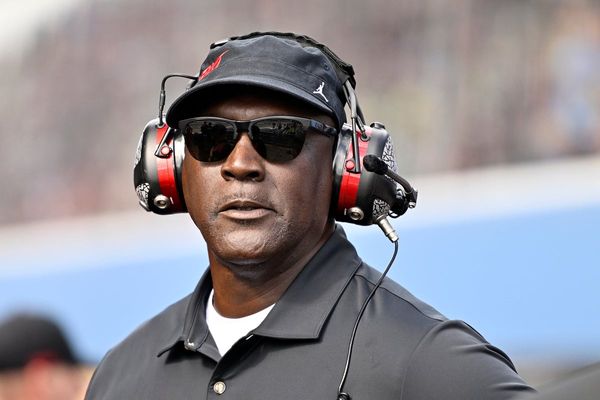Will the Karnataka government revoke the order that, in effect, imposes a ban on girl students wearing the hijab in classrooms? All indications are that that is unlikely, at least in the near future.
On December 22, Chief Minister Siddaramaiah announced that the Congress government will withdraw the order that restricts hijabs in classrooms. He added that everyone should be able to wear and eat what they want. However, a day later, Mr. Siddaramaiah was evasive when asked if the restriction would be lifted this academic year. He said that his government was only “contemplating” such a move and that the matter required further deliberation. The grapevine is that the Chief Minister has been nudged by the leaders at the Centre not to touch the “sensitive” issue while the case is pending before the Supreme Court and especially before the Lok Sabha elections.
The hijab controversy that hit international headlines in early 2022, when the Assembly elections were about a year away, began in Karnataka’s communally sensitive coastal town of Udupi. A group of hijab-clad girl students in a junior college were denied entry into classroom on the grounds that their head scarves violated the institution’s uniform policy. Soon, protests flared up across Karnataka, with a section of Hindu students insisting that they would wear saffron shawls if Muslim girls were allowed to wear the hijab. This quick spread was in no small measure fuelled by social media and regional news channels. The video of a burqa-clad college girl, Muskaan, being heckled by a group of saffron shawl-wearing boys shouting “Jai Sri Ram” in Mandya in Old Mysore region went viral on social media.
On February 5, 2022, the then Bharatiya Janata Party (BJP) government issued an order that said that students in educational institutions should only wear prescribed uniforms, and where none is prescribed, wear “such attire that would accord with equality and integrity and would not disrupt public order.” While the order did not specifically “ban” the hijab, it translated to that. There were reports of college authorities refusing suggestions that girls be allowed to fashion their dupatta, which is part of the uniform, as a headscarf.
Some of the aggrieved students went to the Karnataka High Court, which, in its final judgment on March 15, 2022, upheld the government order on the ground that the hijab is not part of the essential religious practice of Islam. The petitioners then appealed before the Supreme Court, which, on October 13, delivered a split verdict. The matter is now pending before a larger Constitution Bench headed by the Chief Justice of India.
Though there is no data on the number of dropouts, a fact-finding study taken up by the People’s Union for Civil Liberties-Karnataka in select towns and villages contended that “a whole generation of young Muslim students’ right to education has been imperilled by the hijab ban.” In fact, following the initial announcement by Mr. Siddaramaiah on lifting the ban, Muskaan had said that she was one of the students who had dropped out but would now be able to return to college.
The entire episode underlines the fact that the Congress government in Karnataka, despite winning 135 out of 224 seats, continues to be hemmed in by the ideological framework of Hindutva. The Congress appears to constantly dread the prospect of the BJP, even as a weakened political force, finding in its every move and gesture an opportunity to brand it an “anti-Hindu” party that indulges in “appeasement” politics. This explains why the Congress is in no hurry to touch many of the BJP government’s controversial decisions relating to religion, such as the Karnataka Protection of Right to Freedom of Religion Act, 2022 (known as the anti-conversion law), or the Karnataka Prevention of Slaughter and Preservation of Cattle Act, 2020.
This fear is not unfounded, since few can beat the BJP and its affiliates in setting the narrative, as has been proved time and again in Karnataka and elsewhere. What accentuates this is also the lack of ideological clarity on the part of Congress leaders, barring a handful, to take on the politics of Hindutva head on.
In effect, while the Congress continues its precarious balancing act, Muskaan’s wait to re-enter the classroom remains indefinitely long.







